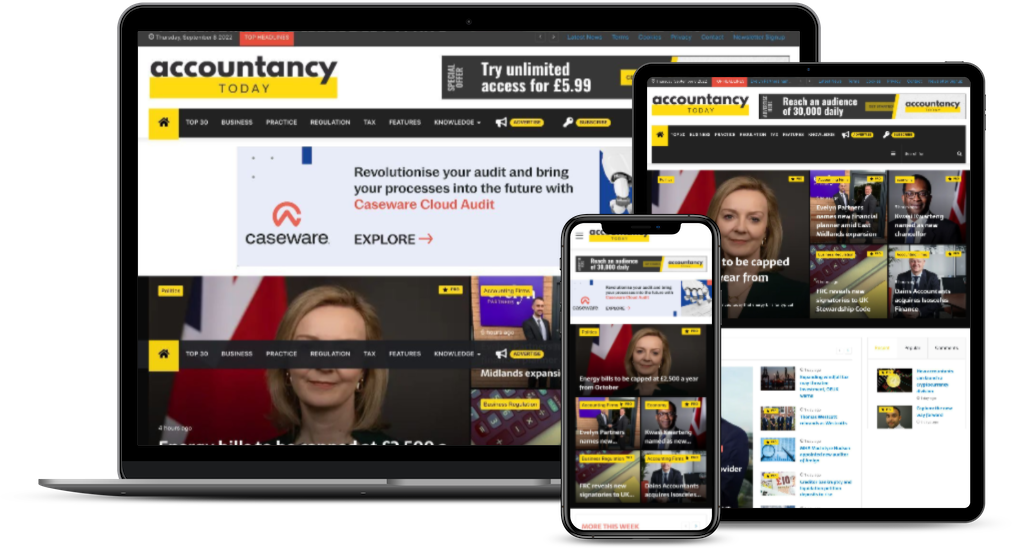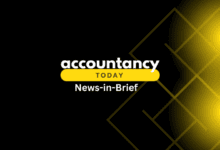
Like many other industry sectors, Covid-19 proved a watershed moment for Finance and Accounting teams in relation to the adoption of new digital ways of working.
Just three years ago, most tax professionals were still largely reliant on standalone desktop-based software solutions that weren’t capable of supporting collaborative working between departments, office locations or external organisations. Indeed, in many instances, companies still had paper-based compliance processes, with physical signatures being applied to documents on a daily basis. However, Covid-19 work-from-home restrictions led many to embrace cloud-based accounting solutions that enabled them to work more efficiently and from anywhere.
Fast forward to 2022 and the go-live of initiatives like Making Tax Digital (MTD) for VAT have served to propel yet more organisations to the cloud in a bid to elevate their tax processes and stay compliant.
One thing is for sure, with further government digital tax initiatives on the horizon, the incentives to embrace real-time finance and tax management in the cloud are only set to grow in 2023.
Making Tax Digital for Corporation Tax
The government’s Making Tax Digital (MTD) programme is moving the UK to a more modern and fully digital tax system that allows taxpayers to maintain digital tax records and report their tax liabilities much more frequently than before. According to HMRC, this will both reduce taxpayer errors and increase the scope of information that is available to HMRC.
Back in 2020, HMRC released a consultation on the design of MTD for Corporation Tax (MTD for CT). Expected to impact around 3 million companies, the deadline for implementing MTD for CT hasn’t officially been set yet, but is currently expected to occur in 2026.
Alongside a requirement for digital record keeping in near real-time, they will also be required to undertake quarterly digital reporting. However, activities such as the delivery of a quarterly picture of the business, even at a high level, is a new requirement; one that depends on organisations having the ability to source data directly from their accounting systems. For the first time, data used in the CT process will need cross-checking to the MTD for VAT process, as both will have competing timeframes and will rely on the same source information. As a result, the case for switching to a cloud-based solution is growing for in-house accounting teams.
The upcoming MTD for CT requirements will require much closer collaboration between CT and VAT teams. Without a cloud platform, these teams will be undertaking tasks multiple times. By contrast, cloud-based systems not only provide teams with the real-time information access they’ll need; they also eliminate the risk of inaccuracies or multiple versions that typically arise when teams are working on tasks independently using siloed desktop systems.
With significant financial penalties and reputational impact awaiting organisations that submit inaccurate digital returns, assuring the availability of quality assured data in a timely way will prove mission critical.
The case for cloud accounting: greater accuracy, and more efficient and frictionless working practices
Historically, experienced tax professionals have been wary about adopting cloud-based accounting platforms. Having worked in the industry for years, using the same software and desktops, many can be reluctant to change. However, today’s leading solutions are intuitive, capable of mimicking best practice processes and can intelligently automate many core activities.
When it comes to data security and compliance with local jurisdiction data privacy restrictions, cloud vendors need to be fully certified to standards, such as ISO 27001 as well as being compliant with requirements such as GDPR.
Cloud systems also promote frictionless collaboration, enabling an easy handoff of tasks between different individuals. In addition, teams are also able to control and manage their end-to-end compliance using their own in-house technologies, utilising external advisers for value-add input as and when needed.
But that’s not the only gain. Cloud-based ‘as-a-service’ solutions deliver scalable capacity and a significantly lower cost-of-ownership thanks to predictable ‘pay for what you use’ fees. By eliminating the in-house servers needed to power today’s accounting operations, organisations benefit from reduced maintenance and software update resource costs and security patching challenges associated with this infrastructure. They also achieve significant sustainability gains, resulting from using more energy efficient cloud-based solutions that can be over 90% better than on-premise solutions.
Making the move: key things to consider
Rolled out remotely, moving to the cloud should be a seamless transition from a technology perspective. However, tax departments should not overlook the importance of ensuring that consideration is given to those who will be using it. Employees should get appropriate and inclusive training and be involved in assessing how workstyles will change or could be improved when the solution is tailored to in-house practices. This will eliminate potential roadblocks and streamline the working transition, ensuring that user uptake is rapid and that everyone is motivated and ready to embrace change.
Moving to the cloud doesn’t have to be a ‘big bang’ moment that instantly changes how everything works. Instead, view it as a gradual progression that will ensure the organisation is better prepared for the future – including the scheduled implementation of MTD for CT in April 2026.
Initially, organisations should research and evaluate each cloud tax solution to identify which one represents a long-term fit and best meets planned strategic objectives. Having built a base of knowledge about vendor offerings, the next task is to prepare a shortlist of questions to ask a potential technology partner to ensure that the transition is as seamless as possible.
By Russell Gammon, chief solutions officer at Tax Systems









